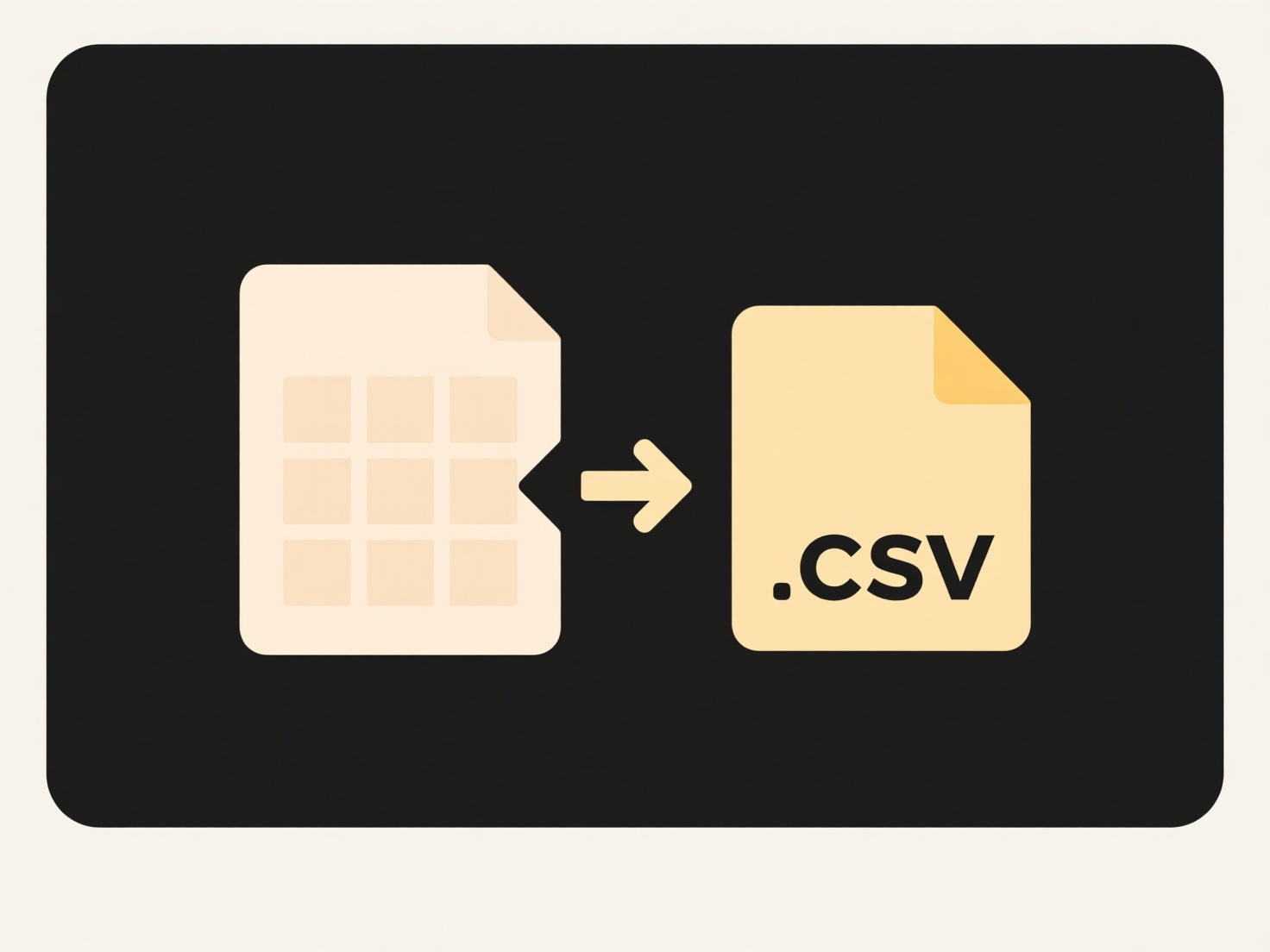
File extensions are the suffixes at the end of filenames (like .txt, .jpg, .PDF) indicating the file type. Their case-sensitivity depends entirely on the underlying operating system's file system. Windows and macOS (using HFS+ or APFS) generally treat uppercase and lowercase letters in extensions as identical (TXT equals txt). However, Linux/Unix and other Unix-like systems using file systems like ext4 are typically case-sensitive, meaning .JPG and .jpg would be seen as different file types.
For example, on a Windows PC, a file named photo.JPG will typically open in the same image viewer as photo.jpg because the system ignores the case difference in .JPG vs .jpg. Conversely, on a Linux web server, a program configured to look specifically for image.png might fail to recognize a file named IMAGE.PNG as a valid PNG image file. This is crucial when deploying files to web servers or using cross-platform development environments.

The case-insensitive behavior of Windows/macOS provides user convenience by avoiding confusion over letter case. The case-sensitivity on Linux/Unix offers greater precision and flexibility but can lead to errors if case isn't used consistently, particularly when moving files between different operating systems. This difference necessitates careful attention to file naming conventions in cross-platform workflows and cloud storage systems that might span different OS environments.
Are file extensions case-sensitive?
File extensions are the suffixes at the end of filenames (like .txt, .jpg, .PDF) indicating the file type. Their case-sensitivity depends entirely on the underlying operating system's file system. Windows and macOS (using HFS+ or APFS) generally treat uppercase and lowercase letters in extensions as identical (TXT equals txt). However, Linux/Unix and other Unix-like systems using file systems like ext4 are typically case-sensitive, meaning .JPG and .jpg would be seen as different file types.
For example, on a Windows PC, a file named photo.JPG will typically open in the same image viewer as photo.jpg because the system ignores the case difference in .JPG vs .jpg. Conversely, on a Linux web server, a program configured to look specifically for image.png might fail to recognize a file named IMAGE.PNG as a valid PNG image file. This is crucial when deploying files to web servers or using cross-platform development environments.

The case-insensitive behavior of Windows/macOS provides user convenience by avoiding confusion over letter case. The case-sensitivity on Linux/Unix offers greater precision and flexibility but can lead to errors if case isn't used consistently, particularly when moving files between different operating systems. This difference necessitates careful attention to file naming conventions in cross-platform workflows and cloud storage systems that might span different OS environments.
Related Recommendations
Quick Article Links
What’s a clean way to name scanned documents or contracts?
A clean naming convention for scanned documents or contracts means using a consistent, descriptive structure incorporati...
How do I prioritize cloud sync over local processing?
Prioritizing cloud sync over local processing means configuring systems to favor transferring data to remote servers for...
Can I schedule batch renaming to run regularly?
Batch renaming refers to renaming multiple files at once based on patterns or rules, like adding prefixes, changing date...